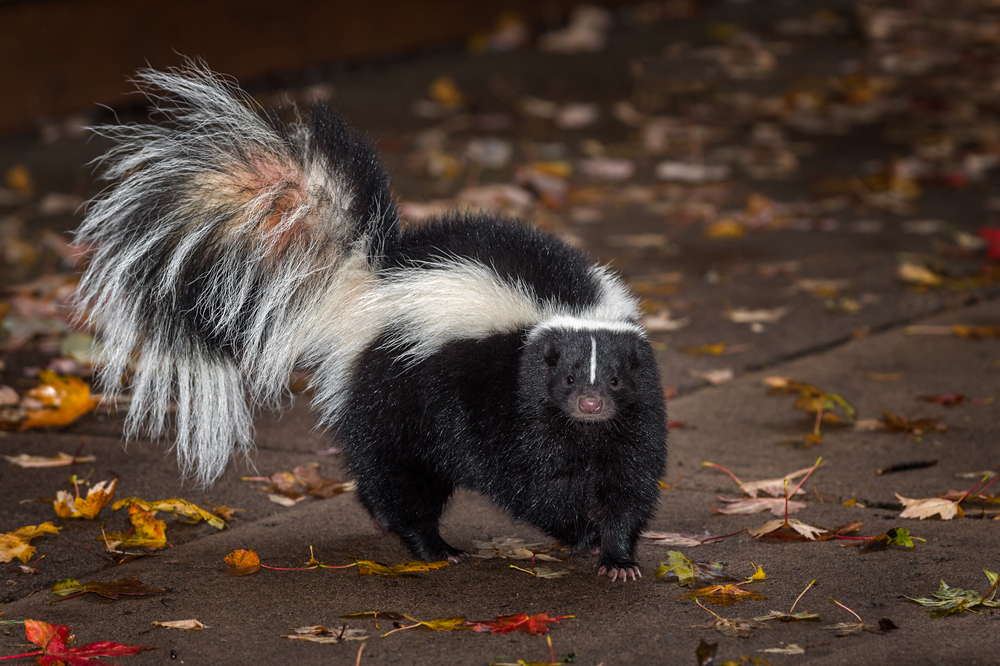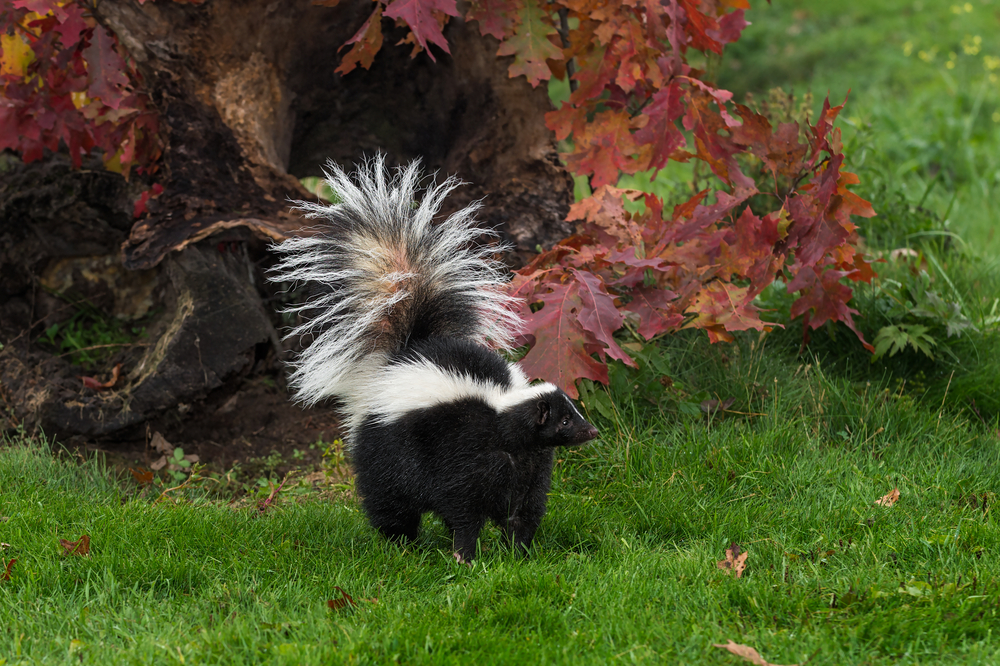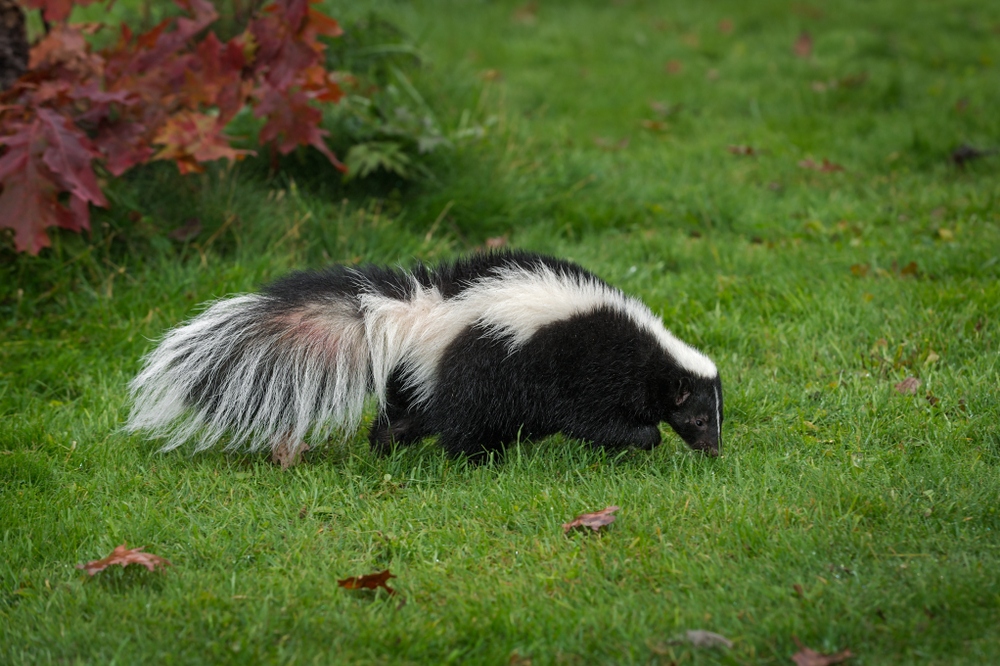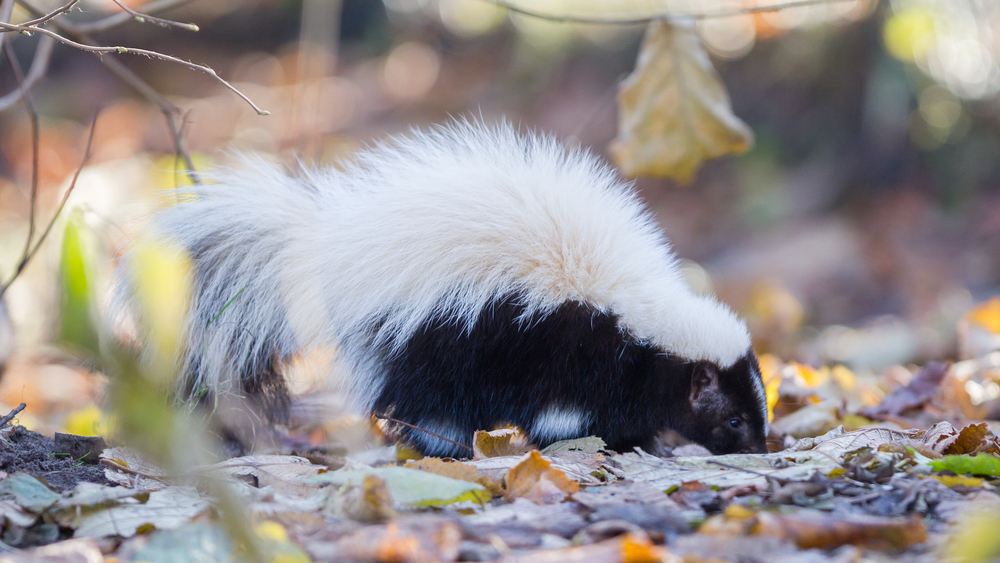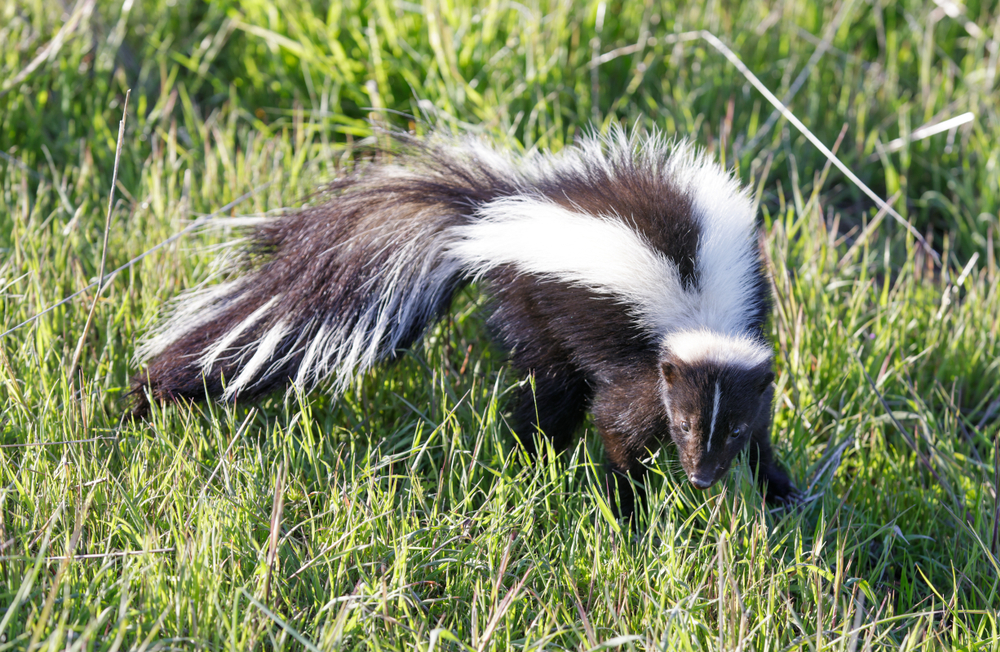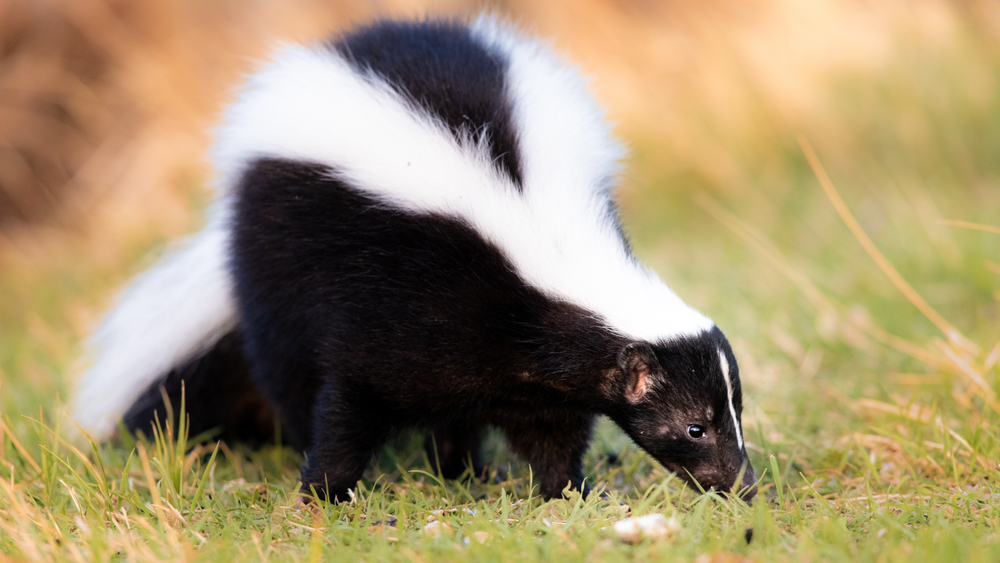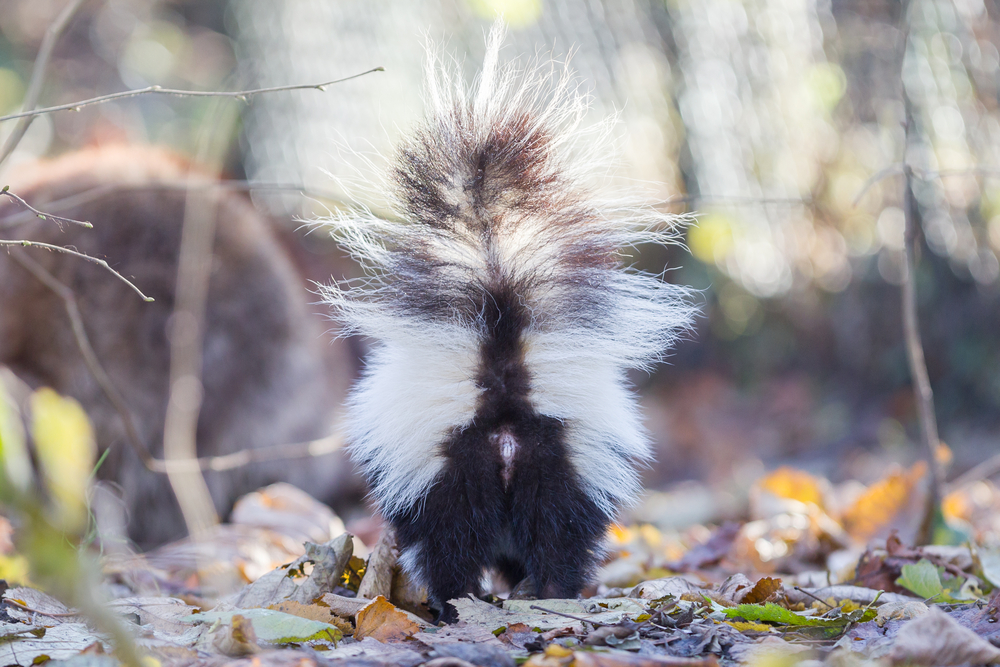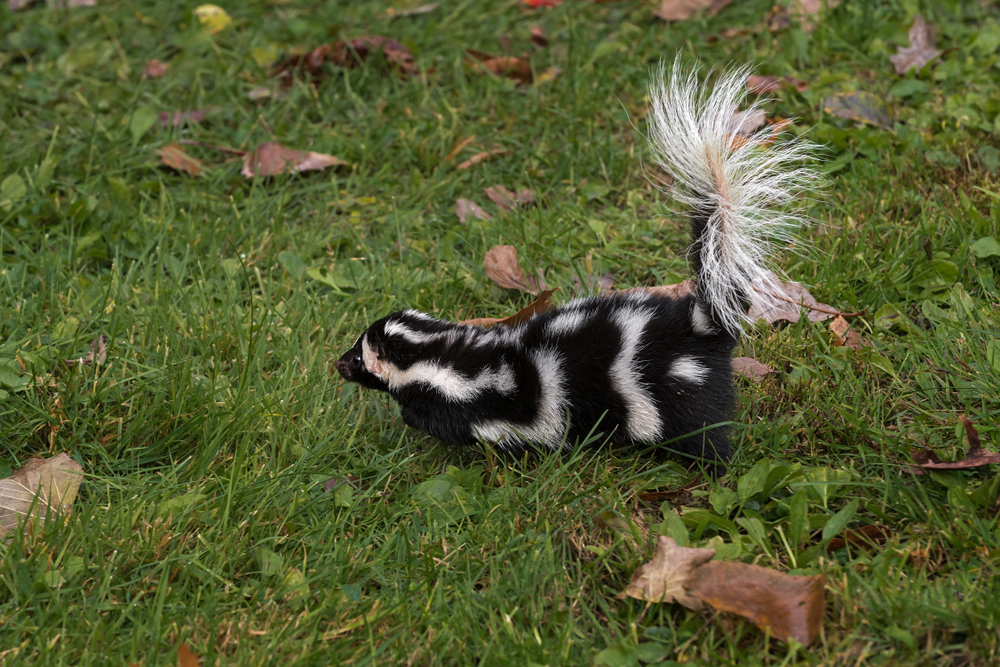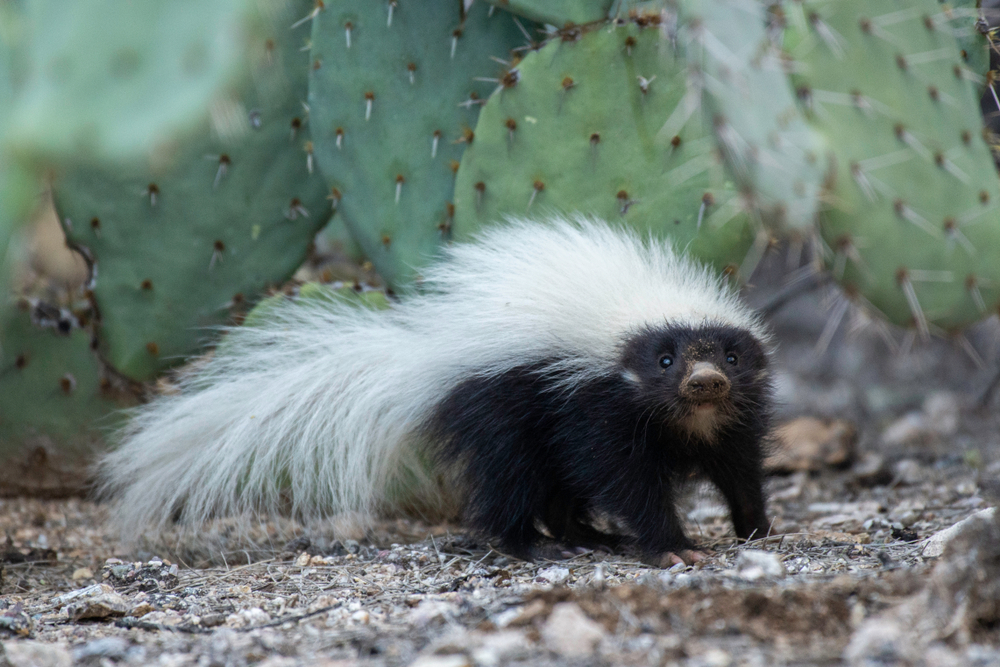The animal most similar to the skunk is the stink badger (genus Mydaus). Stink badgers, like skunks, are known for their ability to spray a foul-smelling liquid from anal glands as a defense mechanism. Although stink badgers were once classified with skunks, they are now placed in the family Mephitidae, separate from true badgers but closely related to skunks.
Key similarities between skunks and stink badgers include:
- Spraying Mechanism: Both have specialized anal scent glands that can spray a strong-smelling liquid to deter predators.
- Diet: They are omnivorous, feeding on a variety of foods including insects, small mammals, fruits, and plants.
- Habitat: Skunks and stink badgers inhabit a range of environments but generally prefer areas with a mix of cover and open space, like forests, grasslands, and even suburban areas.
- Appearance: While there are differences in size and coloration, both have a distinctive warning coloration that serves as a deterrent to potential predators.
Despite these similarities, there are differences in their geographical distribution: skunks are primarily found in North and South America, while stink badgers are native to Indonesia and the Philippines. Additionally, stink badgers are generally smaller and have a more badger-like appearance compared to the typically larger and more varied skunk species.






























































